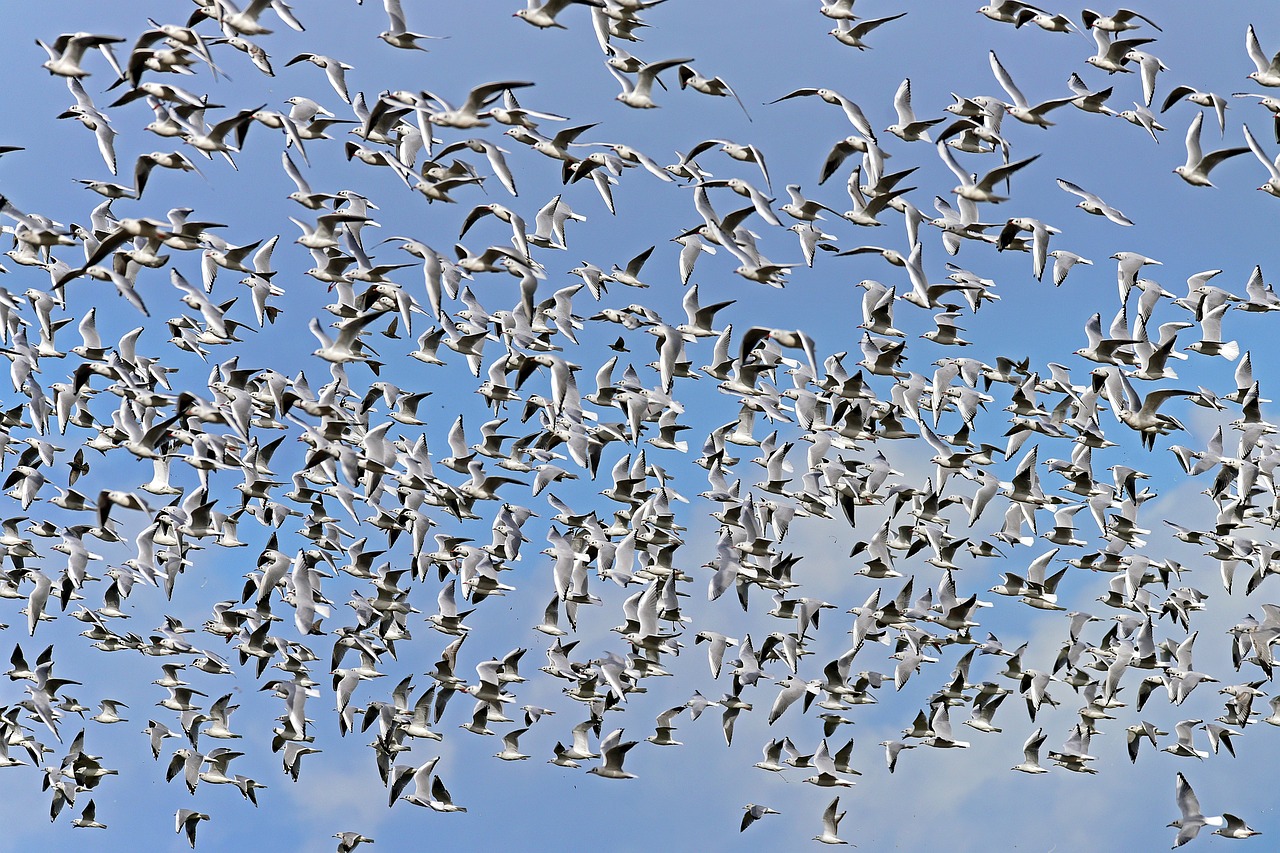Unleashing the Power of Drone Swarms: The Future of Collective Aerial Intelligence
Introduction
In recent years, the concept of drone swarms has evolved from science fiction into a tangible reality, transforming the way we think about aerial technology. These sophisticated systems, composed of multiple drones working in concert, represent a significant leap forward in the field of robotics and artificial intelligence. As we explore the future of drone swarms, it becomes clear that their potential applications span a wide array of industries, promising to revolutionize everything from military operations to environmental monitoring.
The Fundamentals of Drone Swarms
At their core, drone swarms are groups of autonomous or semi-autonomous drones that operate together to perform complex tasks.
The key to a successful drone swarm lies in advanced algorithms and communication systems. These algorithms enable drones to share information and make real-time decisions based on their environment and the objectives of the mission.
Applications of Drone Swarms
- Military and Defense
In the realm of defense, drone swarms offer a transformative capability. They can be used for reconnaissance, surveillance, and even offensive operations. By deploying a swarm of drones, military forces can gather comprehensive intelligence over large areas, track movements with high precision, and conduct coordinated attacks that overwhelm traditional defenses. Additionally,
- Search and Rescue
In search and rescue operations, drone swarms have the potential to save lives by covering vast areas quickly and efficiently. Equipped with thermal imaging cameras and other sensors, these swarms can detect heat signatures, locate survivors, and provide real-time data to rescue teams. Their ability to navigate challenging terrain and operate in adverse weather conditions makes them invaluable tools for emergency response.
- Environmental Monitoring
By using swarms to collect data on air quality, wildlife populations, and natural disasters, researchers can gain a comprehensive understanding of environmental changes and threats
- Agriculture
In agriculture, drone swarms can enhance crop management and precision farming. By deploying multiple drones equipped with sensors and imaging technology, farmers can gather detailed information on soil conditions, crop health, and pest infestations. This data allows for targeted interventions, optimizing resource use and improving crop yields.
Challenges and Considerations
One major concern is the issue of airspace management and regulatory compliance. As drone swarms become more prevalent, ensuring their safe integration into national airspace systems becomes crucial.
computational demands of swarm algorithms require advanced technology and infrastructure. Researchers and engineers are continually working to overcome these obstacles, striving to make drone swarms more robust and adaptable.
The Future of Drone Swarms
Looking ahead, the future of drone swarms appears bright and full of potential. Advances in artificial intelligence, machine learning, and communication technologies will continue to enhance the capabilities of these systems. As drone swarm technology matures, we can expect to see its integration into a wide range of applications, driving innovation and efficiency across multiple sectors.
Their ability to perform complex tasks through collective intelligence has the potential to revolutionize industries and improve our understanding of the world. As we continue to explore and develop this technology, the possibilities for drone swarms are limited only by our imagination.

